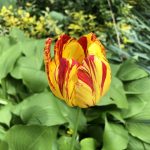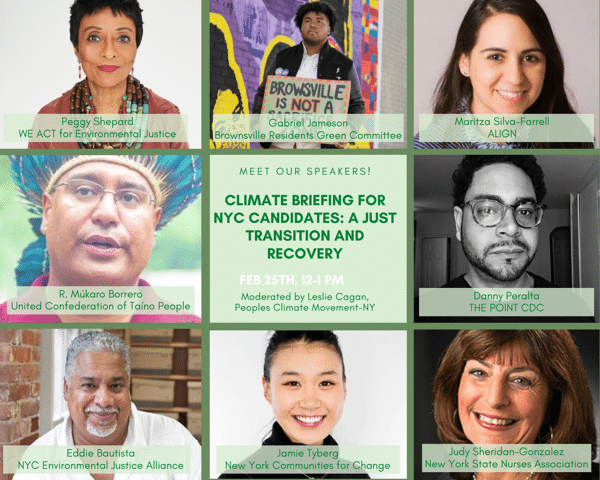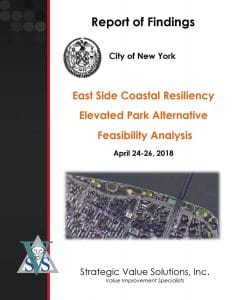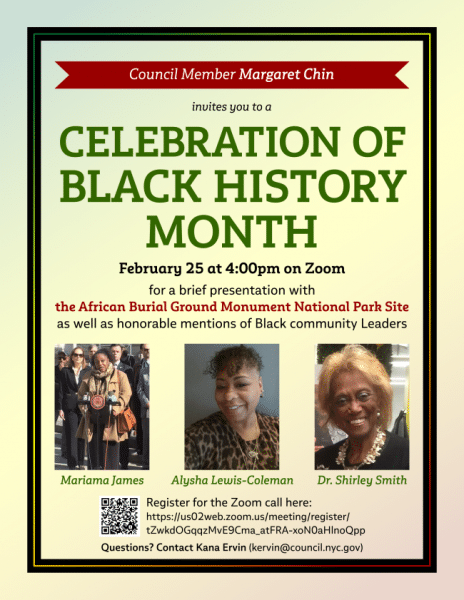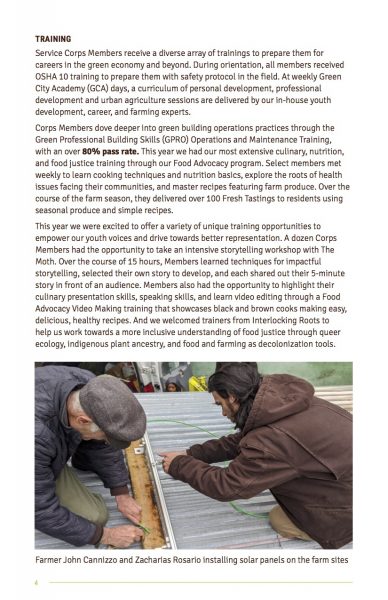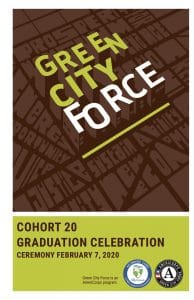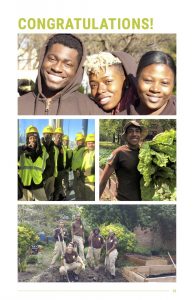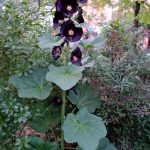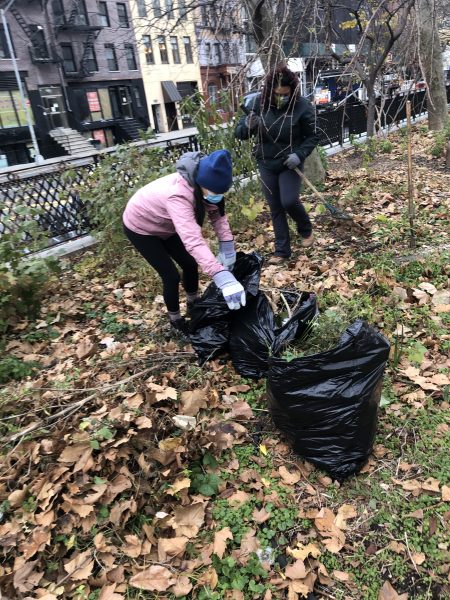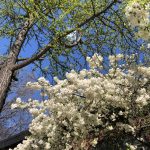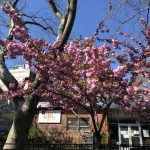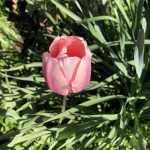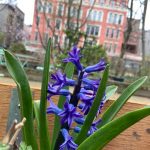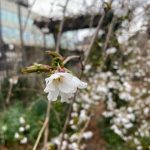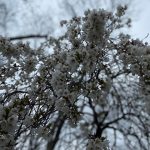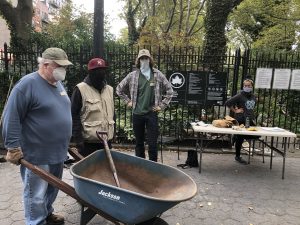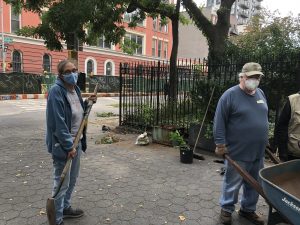Tips for Communicating with a Deaf or Hearing Impaired Person

“Have you ever interacted with a Deaf person in your surroundings? I bet you wondered how do they survive in a world without the ability to hear. In Pakistan, more than 10 Million people have some level of hearing loss and they are still discriminated against.
Our CEO, Azima Dhanjee, is a Child of Deaf Adults (CODA). Growing up, she was the interpreter for her parents at all instances and her unavailability led to her parents’ missing out on opportunities. It always bothered her to witness her parents’ not being able to communicate independently. This became the motivation behind starting Connect Hear “
Tips for Communicating With Deaf People
Blog for Communicating with a Deaf Person
12 Tips for Communicating with a Deaf Person (But really you should go to their website it has picture and is much clearer!) Connect Hear
- Use a normal speaking pattern. Over-enunciating makes it hard for a Deaf person to read your lips.
- Write it down if necessary. Some people are better at reading lips than others
- Look directly at the person you are communicating with. If you look away, a Deaf person may miss what you are saying.
- Speak in a normal tone of voice. Since a Deaf person cannot hear you, raising your voice doesn’t help.
- Try to find your own way to communicate. Although you can’t talk to one another, there are many other ways for you to communicate. You can use a pen and paper or even text to have a conversation.
- Don’t be afraid to ask a Deaf person to repeat themselves. The goal is clear communication and understanding. Asking to repeat something has better results and less frustration – for both parties.
- Be patient and inclusive. Imagine you are trying to understand a conversation that you want to be involved in, but are unable due to the conversation’s speed, number of people talking at the same time, and/or not being able to share your ideas with the group. By allowing enough time and considering the communication needs of everyone in the group, you ensure that everyone can participate fully.
- In a group conversation, take turns speaking. A Deaf person can only look at one individual at a time.
- Be clear and concise. Saying “I’m fine” can have many different meanings with subtle differences. For example “I’m fine” can mean
- I feel well
- I feel the same way I always feel
- I’m way too busy to know how I feel
- Don’t bother me
- Did you want to know about my emotional or physical well-being?
- You don’t care how I feel or would have stopped walking to listen
- Use body language and gestures. Deaf and hard of hearing people who use sign language are accustomed to using their hands and face to communicate. Gesturing and using clear facial expressions when speaking to a person with hearing challenges can help them understand what you’re saying. “Miming” is also acceptable if it helps to get a certain point across, but remember that mime is not the same as sign language.
- Accept that awkward moments happen. Even if you follow all of the above tips while speaking to a Deaf or hard of hearing person, they’ll probably still misunderstand you at some point. Don’t feel bad or stop. Just repeat yourself and continue the conversation. If they’re having trouble understanding a certain word or phrase, try using a different word, rephrasing what you said, or typing it on your phone.
- Resist the urge to give up when misunderstandings happen. A little effort on your part can make a big difference to someone, and chances are that you’ll benefit from the experience, too.
HSDC Services
No matter who you’re interacting with, the most important thing to remember is that you should work together with the other person to create an accessible environment. Keep in mind that deaf and hard of hearing people who are part of the Deaf community may have certain cultural and etiquette differences that appear while communicating.
Never say “I’ll tell you later”, “never mind”, or “it doesn’t matter” to a deaf or hard of hearing person. Almost all deaf and hard of hearing people have heard these phrases, or variations of them, countless times while being excluded from information or conversations. Make an effort to include everybody.
How Should I Communicate?
Don’t assume anything. Not all deaf and hard of hearing people prefer to communicate in the same way. Some might prefer to speak, some might prefer to sign, and some might prefer to write. Ask them how they want to proceed. They probably know exactly what they want from you.
If you speak out loud and they don’t understand, try writing on a piece of paper or typing on your phone. If you write or type with a deaf person, do not look down on their English skills. Remember that many deaf and hard of hearing people are deprived of language as children and that English is a second language for many Deaf people.
If you know American Sign Language and you’re talking to a deaf or hard of hearing person who uses sign language, you should try to sign yourself. Even if you feel nervous or unskilled, the person you’re talking to will appreciate your effort, and they’ll let you know if they prefer to communicate a different way.
Want to learn American Sign Language? Check out our Resources page.
Get Their Attention
Deaf and hard of hearing people process information visually, and it is much easier to communicate if you wait until they look at you before you begin. Get their attention. That way they can see your mouth, facial expressions, and body language.
If you need to get the attention of somebody who can’t hear you, try the following:
- Wave your hand in their line of sight. This is how Deaf people get the attention of one another.
- Tap them lightly on the shoulder.
- If they have their back turned away from you, get the attention of somebody in their line of sight, and have that person point at you.
- If you know the Deaf person well, you can take advantage of the power of vibration. Tap a table or stomp on the floor. Use this method only if necessary.
- If you need to get the attention of many deaf and hard of hearing people at once, turn the lights in the room off and on a couple times.
Body Language and Gestures
Deaf and hard of hearing people are visual. Those who are a part of the Deaf Community, especially, are experts at reading body language. Gesturing and using clear facial expressions when speaking to a person with hearing differences will help them understand what you’re saying.
Miming is also okay if it helps to get a certain point across, but remember that mime is not the same as sign language.
Using Spoken Language
Establish the topic
People who are deaf or hard of hearing sometimes miss individual words or phrases during speech and rely on their knowledge of what’s being discussed to fill in the gaps. However, conversations often change subject without warning, especially in groups.
If the topic of conversation changes, pausing to acknowledge the change and state the new subject can be a big help. Something as simple as, “Speaking of the weather…” is often enough.
Lipreading
Do not ask a deaf or hard of hearing person if they can lipread. Many deaf and hard of hearing people are reluctant to say that they can lipread because of the myth that it allows for 100% understanding.
According to the National Association for the Deaf, “On average, even the most skilled lipreaders understand only 25% of what is said to them, and many individuals understand far less. Lipreading is most often used as a supplement to the use of residual hearing, amplification, or other assistive listening technology. Because lipreading requires some guesswork, very few deaf or hard of hearing people rely on lipreading alone for exchanges of important information.”
If you know that lipreading is happening, make sure that the other person can see your face, and follow these tips:
- Don’t forget the importance of body language.
- Keep your mouth and eyes visible. Don’t cover your mouth with your hands. Don’t eat or chew gum while you talk.
- Maintain eye contact; try not to look around the room too much.
- Face forward while speaking; don’t turn your back.
- If you have a thick mustache or beard, keep in mind that you will be much harder to lipread.
Lighting is an important factor in making sure the other person can see your face. If possible, try to communicate in bright spaces. Do not sit or stand directly in front of a light source, as that will create a shadow over your face that makes lipreading extremely difficult.
Speak clearly and enunciate
Speaking clearly and enunciating can help a deaf or hard of hearing person understand you. However, it does not mean shouting and speaking extremely slowly. Why?
- Understanding speech is not always a volume problem. Many people with hearing differences can’t understand speech well even if the volume of the voice they’re listening to is satisfactory. This is because of damage in the inner ear that causes distortion, which loudness can’t fix.
- Changing the way you speak makes you harder to understand. Many people with hearing differences use common speech rhythms to help them anticipate what other people are saying.
Group Conversations and Meetings
Conversations with more than three or four participants are difficult situations for deaf and hard of hearing people. The back and forth nature of a group conversation can be hard to follow and mentally exhausting.
If you are planning a formal meeting, be proactive in planning for accessibility.
If your conversation is informal, be proactive in asking the participating deaf or hard of hearing people how you can make the situation accessible for them. You may want to do this in private so they feel comfortable being honest. Three easy tips to make any group conversation more accessible:
- Established the topic, as explained above.
- Speak one at a time.
- Raise your hand before you speak, and wait for any deaf or hard of hearing people to look at you before beginning.
Awkward moments
Even if you follow all of the above tips while speaking to a deaf or hard of hearing person, they might still misunderstand you at some point. Don’t stop. Just repeat yourself and continue the conversation. If they’re having trouble understanding a certain word or phrase, try using a different word, rephrasing what you said, or typing it in your phone.
Resist the urge to give up when misunderstandings happen. A little effort on your part can make a big difference to somebody else, and you’ll benefit from the experience, too.
